Collections of the Capodimonte Museum, Room 12 with the Cassetta Farnese in the center I Courtesy Museo e Real Bosco di Capodimonte
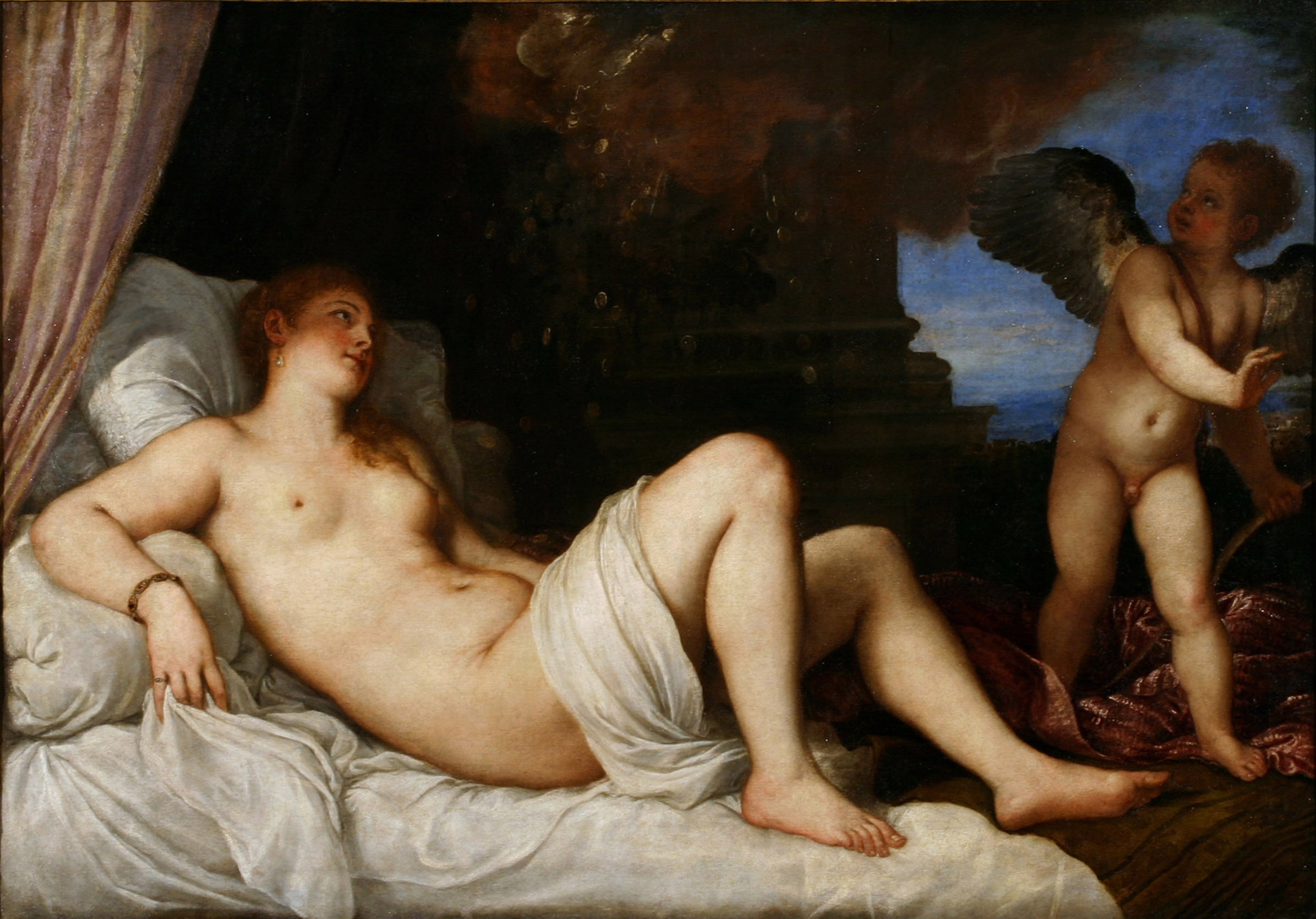
Tiziano Vecellio, Danae and the Golden Shower, 1544 – 1545, Oil on canvas © Naples, Capodimonte Museum Photo Library of the Special Superintendency for the PSAE and the Museum Complex of the city of Naples
Among the fruits of the Quirinal Treaty of November 2021, the exhibition enjoys the High Patronage of the Presidency of the Italian and French Republics and is configured as a novelty on the international scene: “Naples to Paris, the Louvre invites the Capodimonte Museum it is an absolute first in the history of exhibitions”, says the director of the Neapolitan museum Sylvain Bellenger: “The subject of the exhibition is not an artist, nor a movement, nor even a country, but a museum. As we have known for some time, and more and more every day, the museum is not a simple container but an actor in history. Its collections constitute a great narration, and with the exhibition this narration is transformed into a dialogue, the works meet and tell the story of the museum, of the two museums”.
“The encounter is all the stronger – continues the director – as the invitation addressed to Capodimonte is to exhibit his masterpieces not in isolation, but in dialogue with the Italian collections of the Louvre, in the Grande Galerie, in the Salon Carré, in the Sala Salvator Rosa and the Chapelle, the most historically iconic and illustrious places in the museum”.
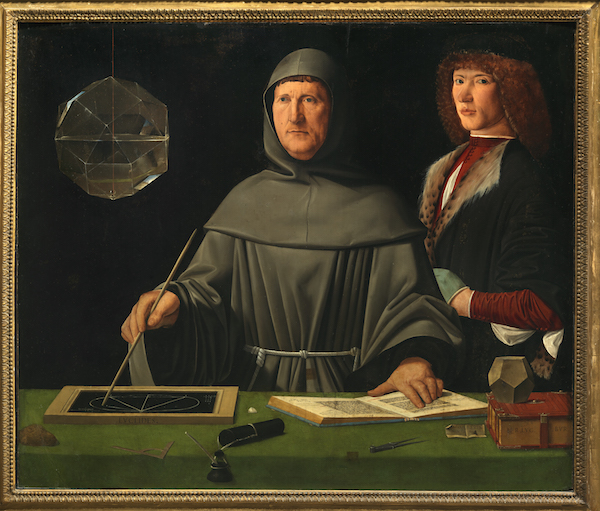
Jacopo de’ Barbari (attributed), Portrait of Fra’ Luca Pacioli and a pupil, circa 1500. Oil on panel, 99 x 120 cm. Museum and Real Bosco di Capodimonte I Courtesy of the MIC-Ministry of Culture, Museum and Real Bosco di Capodimonte
Three distinct moments will mark an itinerary in the name of wonder. The prestigious Grande Galerie will host the confrontation between two collections of Italian paintings among the most important in the world: pictorial jewels of Capodimonte such as the Danae by Titian and the Flagellation of Caravaggio will dialogue with the works of the same artists conserved in the Louvre, while the enigmaticAnthea of Parmigianino will meet the paintings of Correggio bringing back to life the bright season of the Emilian sixteenth century.
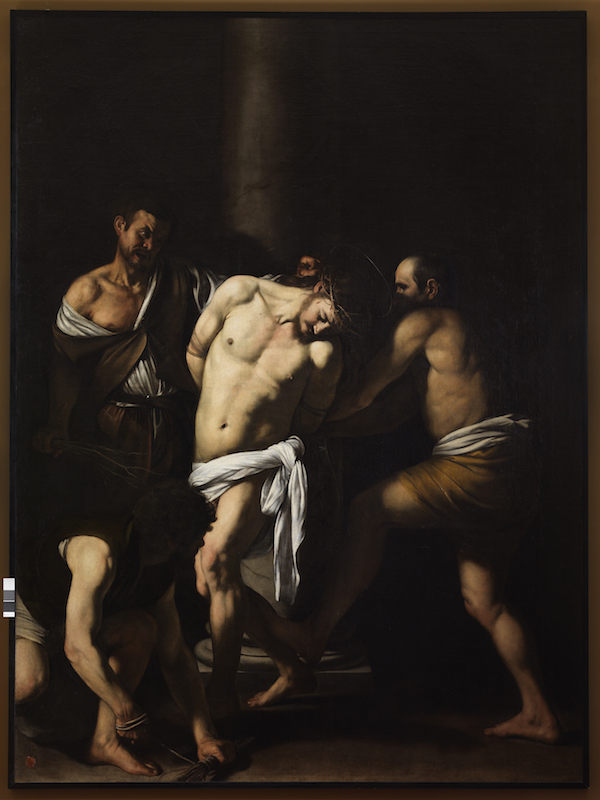
Michelangelo Merisi known as Caravaggio, Flagellation, 1607, Oil on canvas, 213 x 266 cm, Naples, Museo e Real Bosco di Capodimonte I Courtesy of the FEC-Cult Building Fund of the Ministry of the Interior
Not to be missed for the French public will be the canvas of Judith beheading Holofernes by Artemisia Gentileschi, the Transfiguration by Giovanni Bellini and the Crucifixion by Masaccio, three great masters absent from the collections of the Louvre. And then the Carraccis, Guido Reni, the Neapolitan school of José de Ribera and Mattia Preti will draw a complete journey into the great Italian painting.
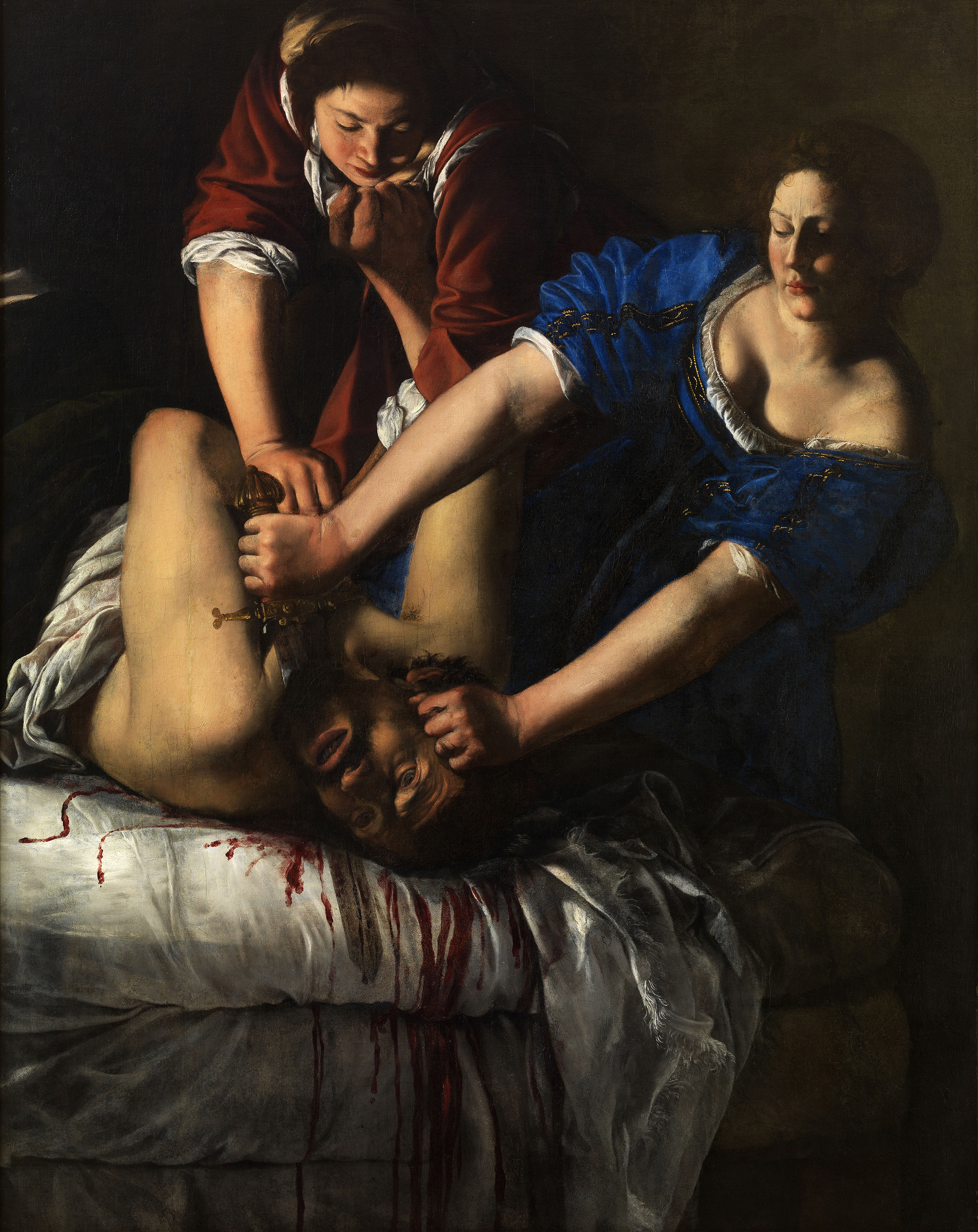
Artemisia Gentileschi, Judith beheading Holofernes, about 1612, Oil on canvas, 126 x 159 cm, Naples, Museo e Real Bosco di Capodimonte
The second stage will lead to the Sala della Chapelle, to discover the origins and variety of the collections gathered in Capodimonte. Amazing works like the Portrait of Pope Paul III Farnese with his grandchildren by Titian, the Portrait of Giulio Clovio by El Greco, the sumptuous Farnese box set and the spectacular Fall of the Giants by Filippo Tagliolini will ferry visitors along the history of the Kingdom of Naples, giving space to the three dynasties that played a leading role in the formation of the collections of the Reggia: the Farnese, the Bourbons and the Bonaparte-Murats.
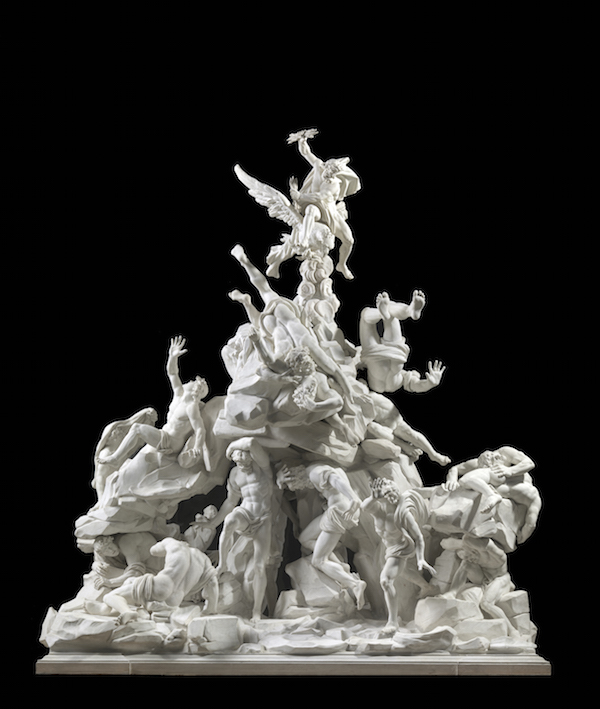
Filippo Tagliolini, The Fall of the Giants, 1787-1790. Biscuit, h.162cm. Museum and Real Bosco di Capodimonte I Courtesy of the MIC-Ministry of Culture, Museum and Real Bosco di Capodimonte
Still different treasures will be revealed in the Sala dell’Orologio, opening the doors of the Cabinet of drawings and prints of Capodimonte, which with 20,000 works is the richest in Italy after that of the Uffizi. Here we will find extremely rare pieces such as the preparatory cartoons by Raphael and Michelangelo for the Vatican decorations, to be admired in comparison with famous Renaissance drawings conserved in the Cabinet of the Louvre, from Saint Catherine by Raffaello to the cartoon for the Moderation by Giulio Romano.
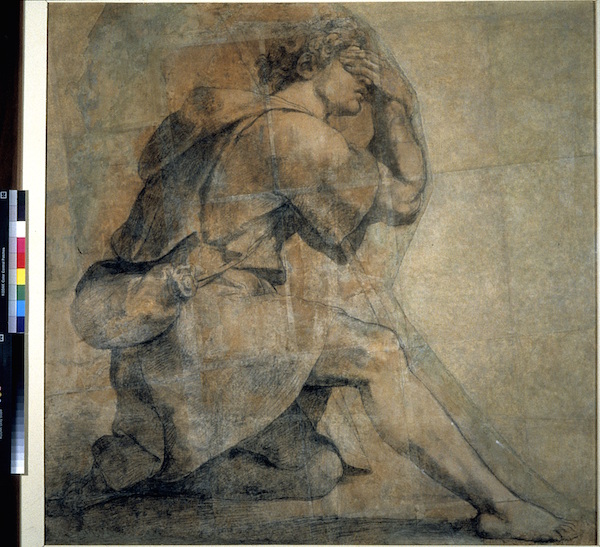
Raffaello Sanzio, Moses before the burning bush, 1514. Museo e Real Bosco di Capodimonte I Courtesy of the MIC-Ministry of Culture, Museo e Real Bosco di Capodimonte
“Royal palaces transformed into museums, full of collections inherited from the greatest sovereigns, symbols of the historical ties between France and Italy, the Louvre and Capodimonte have a lot to share and a lot to tell”, explains Laurence des Cars, director of the Musée du Louvre, who a few days ago on the museum’s social channels entrusted his New Year greetings to theAnthea of Parmigianino, among the wonders of Capodimonte. 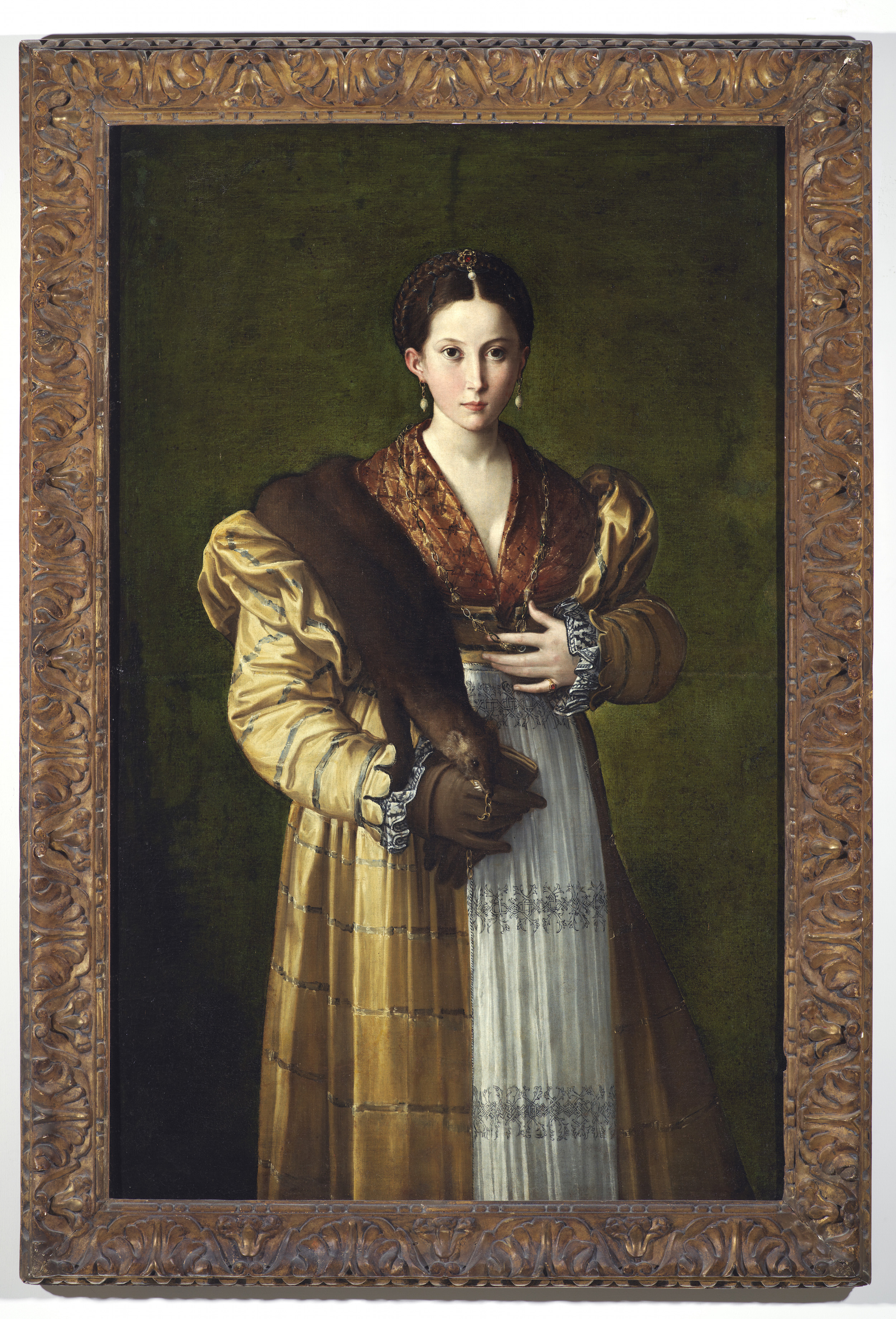
Francesco Mazzola, known as Il Parmigianino, Portrait of a young woman, also known as Antea, 1524 –1527. Oil on canvas, 136 x 86 cm. Museum and Real Bosco di Capodimonte I Courtesy of the MIC-Ministry of Culture, Museum and Real Bosco di Capodimonte
If the roots of the Musée du Louvre are linked to the French Revolution and Napoleon, the stratified events of the Kingdom of Naples are reflected in the collections of the Neapolitan palace. With one difference: the museum vocation has always been inscribed in the DNA of the Capodimonte palace, built expressly to house the art collections that Elisabetta Farnese, queen consort of Spain and granddaughter of the French king Louis XIV, gave to her son Charles of Bourbon when the latter became king of Naples. Over time, Capodimonte’s art collections were further enriched, to the point of appearing among the most prestigious in Europe, capable of representing all the schools of Italian painting and beyond.
By rediscovering its history, this unprecedented exhibition will invite French travelers – the most numerous of tourists who visit Naples and Pompeii – to include the Reggia di Capodimonte in their modern Grand Tour.
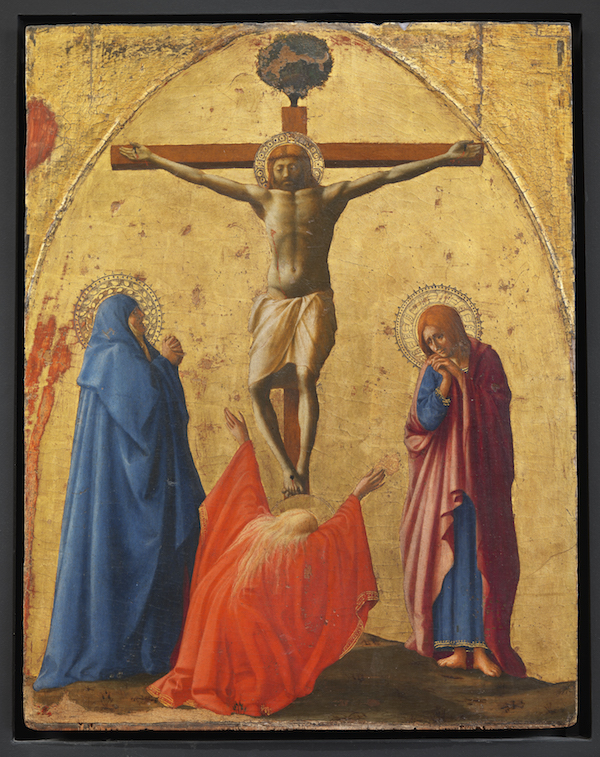
Masaccio, The Crucifixion of Christ, 1426. Tempera on canvas, 83 x 63.5 cm. Museum and Real Bosco di Capodimonte I Courtesy of the MIC-Ministry of Culture, Museum and Real Bosco di Capodimonte
Curated by Charlotte Chastel-Rousseau, of the Painting Department of the Louvre, and by Alessandra Rullo, Patrizia Piscitello and Carmine Romano of the Museo e Real Bosco di Capodimonte, Naples to Paris, the Louvre invites the Capodimonte Museum will animate Parisian cultural life from 7 June 2023 until January 2024.
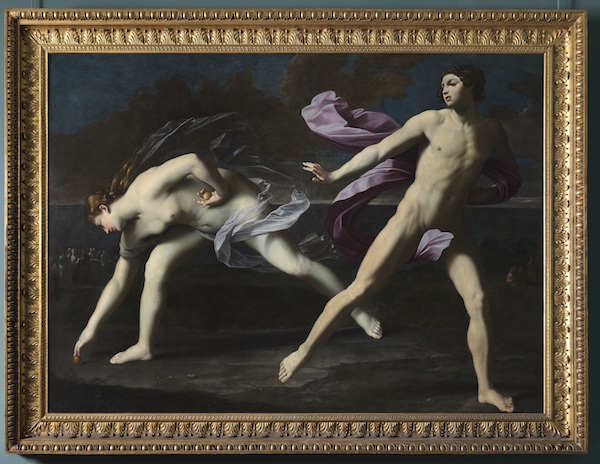
Guido Reni, Atalanta and Hippomenes, 1620-1625. Oil on canvas, 191 x 264 cm. Museum and Real Bosco di Capodimonte I Courtesy of the MIC-Ministry of Culture, Museum and Real Bosco di Capodimonte

